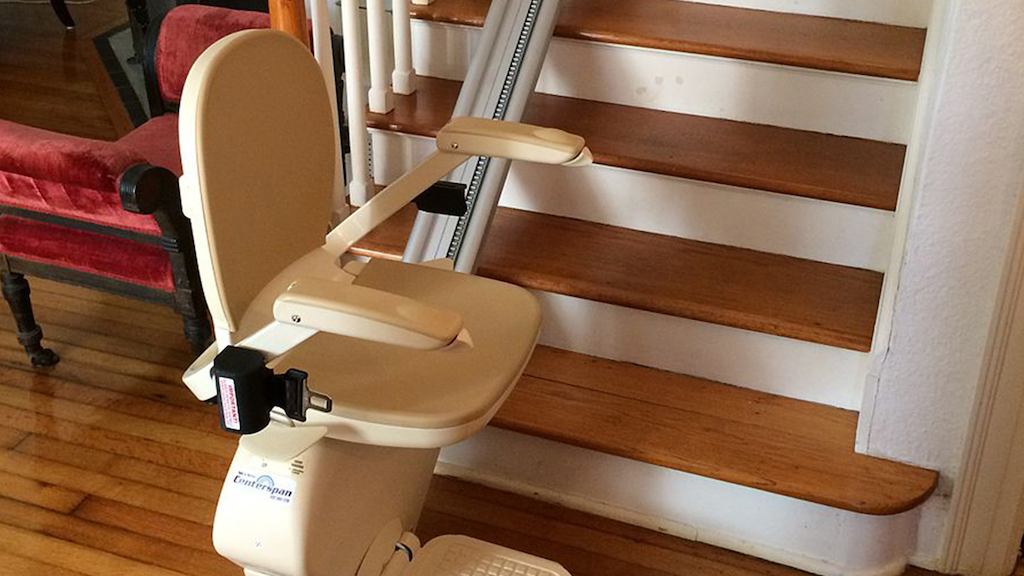Rachael Docking, Senior Evidence Manager, the Centre for Ageing Better said:
“With the majority of older people living in existing housing it is essential for us to look for the best solutions to adapting current housing stock. Through gathering evidence from experienced practitioners, who witness the challenges people face every day, and people (and their carers), who live with these challenges every day, we can bridge the gap between published research and the real world.”
Cathy Bailey, Associate Professor Ageing, Northumbria University said:
“In the UK many older people live independently at home but with age, there is a greater risk of living with debilitating long term conditions such as dementia, heart disease and limited mobility. Being able to get on with every day activity and be connected locally and socially, can help maintain health and a good quality of life. Timely, affordable, usable and well maintained home adaptations, from hand rails to stair lifts, can support such independence and delay a move to supported housing. Alongside robust research, more needs to be known about the lived reality of home adaptations for older people from different backgrounds and housing tenure. For example, what are their experiences of home adaptations? what helps or hinders finding advice and support? What about cost? How do older people decide what’s best? and what impacts do home adaptations have on everyday life? Hearing from providers and practitioners, from those working in local authority to a ‘handyperson’, is also important to understand how home adaptations are perceived, used and maintained and thus how future provision may be improved.”

